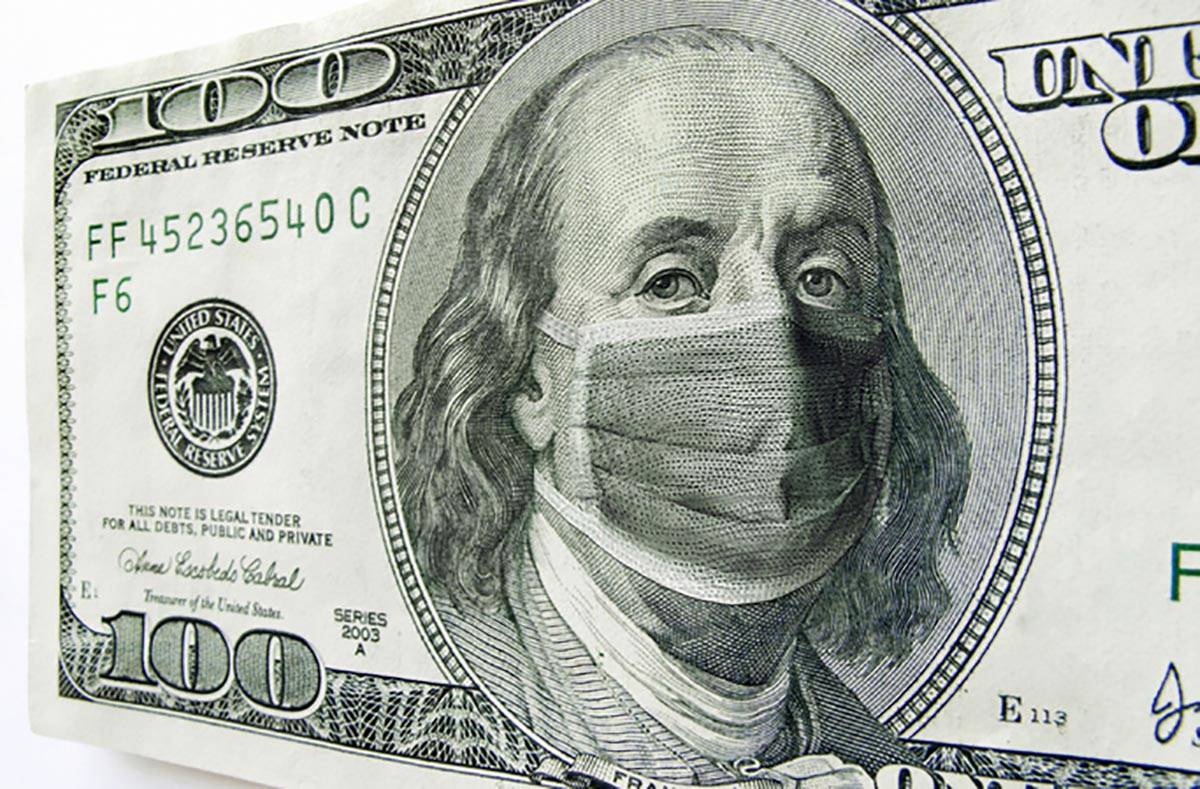Adjust your budget to coronavirus new normal and save more
The coronavirus pandemic has changed the way we spend and save. That’s why, two months and counting into this new normal, it’s important to re-evaluate the way we’re managing our money.
If you’re working with the same budget from your pre-pandemic days, it’s time to make some adjustments. After all, budgets should not be treated as static systems. They should evolve to fit with your household’s changing needs and desires.
If you haven’t updated your money management system lately, here are four ways to adjust your budget in response to COVID-19.
1. Stick with temporary savings strategies
Business closures and stay-at-home orders have forced us to embrace frugal living practices by default. We tried doing our own hair instead of going to salons. We recreated dishes from our favorite restaurants at home. We realized we could catch up with friends without spending money on pricey drinks.
Check your bank statements and dig through receipts from the last couple of months. Total up your spending in different budget categories, and compare that to what you used to spend in a typical month.
Note where you were able to save money, and consider adopting those temporary changes for the long term. That doesn’t mean you have to act like you’re under quarantine forever. But now that you know you can live without some things, perhaps you’ll spend a bit less.
2. Reduce your extra spending
Don’t feel bad if you’ve actually been spending more money in quarantine. When we’re in crisis mode, it can be tough to focus on fiscal responsibility. And sometimes our increased spending is out of necessity.
C & R Research conducted a study on grocery spending and found people are spending about $25 more each week at grocery stores compared to pre-pandemic days. One logical reason is that people are likely cooking at home more — and thus saving on restaurant meals — but shoppers have also experienced price gouging and are inclined to buy more groceries to stock up.
Now that we’ve had several weeks to adjust to this pandemic, it’s time to be more mindful about where you’ve been overspending. Could you switch to a discount grocer instead of your go-to grocery store? Could you lump your online shopping together to save on delivery fees rather than spread orders throughout the month?
3. Reassess your debt repayment plan
Many mortgage lenders, student loan companies and other creditors have let customers alter their payment plans in response to the coronavirus pandemic. Though the relief was meant to be temporary, you need to consider the effects these alternate payment plans will have on your budget now and in the future.
If you deferred payments only to owe a lump sum later, you need to be saving money for that bill. If you agreed to higher payments in the future rather than owing a lump sum, your new budget will need to support that amount. That’s also true if you’ve accumulated additional debt to make ends meet during the pandemic.
4. Prioritize your emergency savings
Before COVID-19 concerns, you may have felt having $1,000 in a savings account was enough. But now, many of us are realizing how inadequate our emergency funds really are — and also how extremely vital they can be.
Building an emergency fund is no quick and easy task. It takes time and discipline to store up enough money to help you weather a situation like being unemployed for months.
When saving for emergencies, the first thing to do is to have a numeric goal in mind. Do you feel confident having three months worth of expenses in your emergency fund, or do you prefer to have more in case you aren’t able to replace your income quickly?
Pro tip
Many personal finance experts recommend having at least three to six months worth of essential living expenses in an emergency fund.
Subtract your typical monthly expenses from your monthly salary to see how much you’re able to save each month. Divide your emergency savings goal by the amount of money you’re able to put aside each month to figure out how many months it’ll take to reach your goal. Automate your savings so money goes into your emergency fund before you have the chance to spend it.
It’s essential to not to dip into your emergency savings unless it’s really vital. It’ll take patience to reach your savings goal, but If you can find ways to make more money or cut down on your expenses, you’ll get there even faster.
Feeling overwhelmed? Create a budget that works for you with our budgeting bootcamp!
Nicole Dow is a senior writer at The Penny Hoarder.
This was originally published on The Penny Hoarder, a personal finance website that empowers millions of readers nationwide to make smart decisions with their money through actionable and inspirational advice, and resources about how to make, save and manage money.















